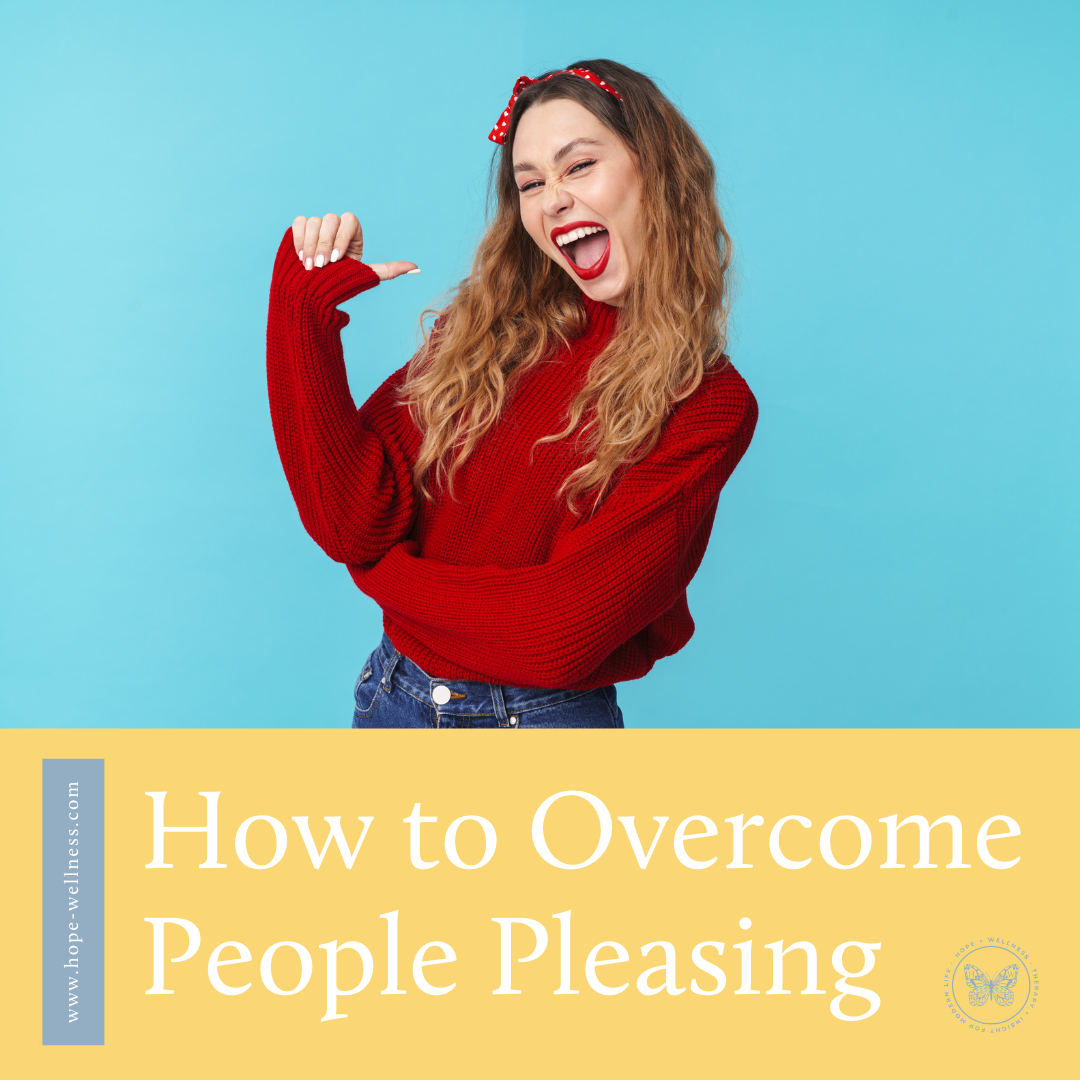
Hope +Wellness Blog
little snippets of advice for everyday challenges many people share

What It’s Like to Discover You’re Neurodivergent as an Adult
If you find out later in life that you’re neurodivergent, you might be wondering how to move forward with that information. Here’s where to start.

Navigating Relationship Shifts on Your Healing Journey
Navigating the relationship changes that accompany your healing journey with compassion—for yourself and for others—is essential.

Tending to Plants for Better Mental Health
Have you ever considered the benefit of taking care of something else as part of your own self care process?
It may sound counterintuitive, but it’s true: creating routines where you tend to something else (a pet, a garden, a community project) benefits not just what you’re tending to, but your own mental wellness. Today we’re going to look at tending to plants specifically, but many of the benefits can come from making space to tend to other things (pets, community spaces, etc.) as well.

Why “Should” Statements Make You Feel Worse
What can you do about should statements? They’re a normal part of having a brain, but sometimes they can spiral out of control and make you feel like you can’t do anything right. When you find yourself feeling overwhelmed by shoulds, here are some things to try.

How to Overcome People Pleasing
Trying to please other people at the expense of your own mental and physical health is a habit that’s hard to break. Overcoming people pleasing takes time, but it is possible.

3 Ways to Build Interoceptive Awareness
It takes practice to learn how to engage the sense of interoception. Interoceptive awareness builds with time, so the more you can be curious about what’s going on in your body, the better. Here are 3 other ways to strengthen your sense of interoception.

5 Ideas for Soothing Your Nervous System in Tough Times
We all go through seasons in life, and some are harder than others. When times are tough, it can feel like it’s impossible to make yourself feel better. Understanding how our nervous systems respond in tough times can help us come up with better ways to soothe ourselves when we feel distressed.

5 Ways to Improve Your Self-Worth
Developing a healthy sense of self-worth can help you be more resilient in times of distress or change. When you understand that nothing can change the worth you have as a person, it can be a freeing feeling.

4 Ways To Widen Your Window Of Tolerance
Do you ever feel like you have a hard time coping with the ups and downs of life?
Learning more about your window of tolerance (WoT) and how to widen it can help you feel more capable of coping with what comes your way, no matter what it is.
Hope+Wellness is a mental health practice specializing in the treatment of depression, mood, stress, and anxiety in kids, teens, and adults. This is a blog about living well and finding meaning and purpose in the face of difficult challenges. This is a blog about finding hope.
Archive
- ACT
- ADHD
- Acceptance
- Anxiety
- Authenticity
- Belonging
- Bipolar
- CBT
- Calming
- Change
- Chronic Illness
- Chronic Pain
- Communication
- Community
- Coping Skills
- DBT
- Dating
- Depression
- EMDR
- Emotions
- Entrepreneurs
- Friendship
- Gratitude
- Grief
- Health Psychology
- Hope
- Inspiration
- Intimacy
- Intuition
- Joy
- Letting Go
- Love
- Manic Depression
- Mindfulness
- Miscarriage
- OCD
- Parenting
- Personal Growth
- Positive Vibes
- Quotes
- Relationships
- Resources
- Self-Compassion
- Self-Reflection
- Services
- Sleep
- Spirituality
- Stress Management
- Stress Relief
- Suffering
